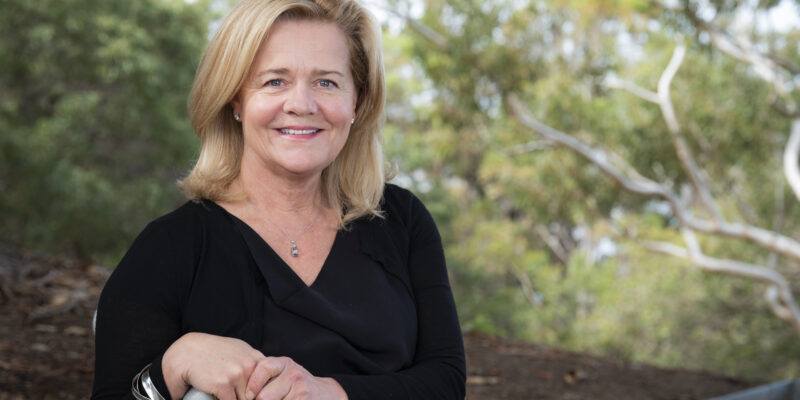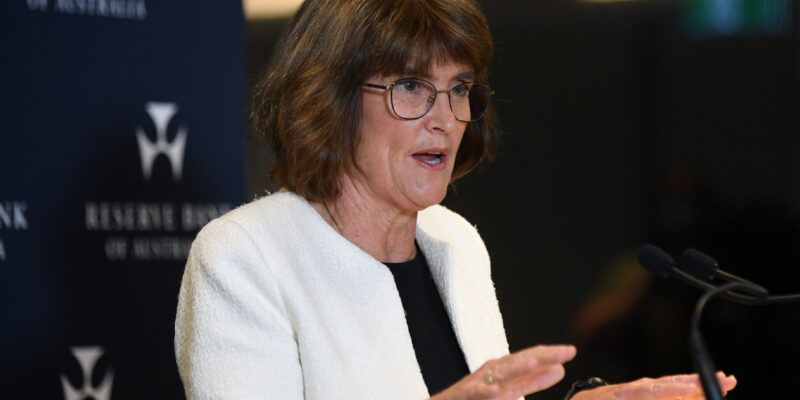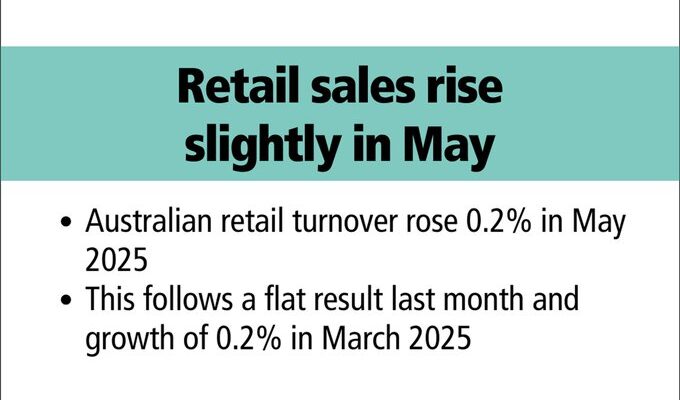Hotel sector rebounds with 5,700 hotel rooms under construction
A return of international tourists and stay-at-home holidaymakers is driving demand for new hotel rooms.

A surge in international arrivals and domestic demand in 2024 has put Australia’s hotel sector on track to recover in late 2025, new data shows.
The CBRE report notes that while growth will moderate in 2025, the sector remains resilient with strong performance in key cities prompting a surge in construction in the premium sector.
“More than half of new supply is in the premium market,” the reports says.
“Looking ahead, 5,700 rooms are under construction, set to open within two years.”
Melbourne and Sydney will receive the lion’s share – with a per cent of the investment heading their way.
“CBRE expects 2025 to be a pivotal year for growth and investment in Australia’s hotel sector,” the report says.
The 26-storey Waldorf Astoria in Sydney being built by the billionaires Nicola and Andrew Forrest is the most high-profile.
The hotel and a separate apartment tower are being developed by Lendlease in partnership with Japan’s Mitsubishi Estate Asia is likely to have the highest room rates in Australia when it opens next year.
On the operational front, national occupancy rates sit at 71%, up 2% year-on-year.
Sydney, Brisbane, Perth and the Gold Coast achieved year-on-year gains across occupancy.
CBRE’s Ally Gibson, highlighted that while growth slowed from 2023’s record highs, the long-term outlook remains strong.
“Brisbane, Perth and the Gold Coast were the only markets to record pre-pandemic rates across all three indicators,” she said.
“Melbourne and Hobart face challenges from increased supply and softer domestic leisure demand, though both saw strong international visitation growth.”
Troy Craig, Regional Director, Hotel Valuations, said: “With major events, premium hotel openings, and infrastructure projects in the pipeline, the outlook for Australia’s hotel sector remains positive.”
Travel is rebounding, with international arrivals now just 13% below pre-pandemic levels, driven by demand from China, India, and Southeast Asia.
Tourism recovery has been further boosted by 60 new international flight routes and expanded services in 2024/2025.
More than two-thirds of new routes connect to major East and Southeast Asian destinations, with added connections to America, Europe, and the Middle East.
“This expansion in international flights responds to pent-up demand from key markets, particularly Asia, and is expected to boost inbound tourism and connectivity in 2025,” Mr. Craig said.
Future infrastructure projects, including Sydney’s Western Sydney Airport, Melbourne’s third runway, and Perth Airport’s $2 billion redevelopment, will further enhance Australia’s global reach.
While overseas travel for Australians now exceeds pre-pandemic levels, with Indonesia, New Zealand, and Japan as top destinations, holidaymakers are prioritising affordable luxury experiences.
Domestic travel spend is up 34% on pre-pandemic levels, though year-on-year growth is just 2% as cost-of-living pressures impact discretionary spending.
However, stronger investment momentum is expected in 2025. CBRE’s Asia Pacific Hotel Investor Intentions Survey found 72% of investors plan to acquire more hotel assets in the region. Sydney ranked as the second most popular city for hotel investment, behind Tokyo.
On the supply front, 1,800 rooms were added in 2024, with delays pushing some openings to 2025.
More than half (56%) of new supply is in the premium market. Looking ahead, 5,700 rooms are under construction, set to open within two years. Melbourne (31%) and Sydney (29%) will receive the largest shares.
CBRE expects 2025 to be a pivotal year for growth and investment in Australia’s hotel sector.




